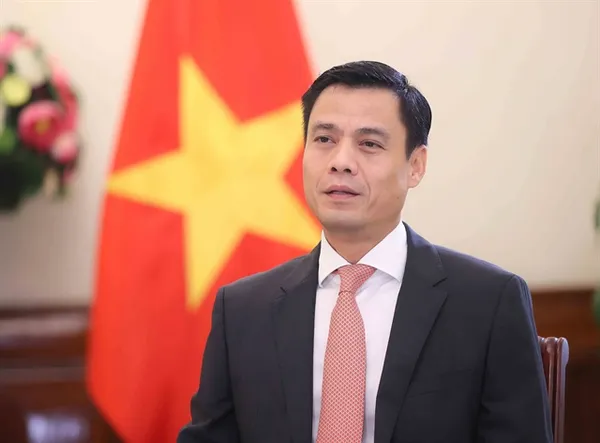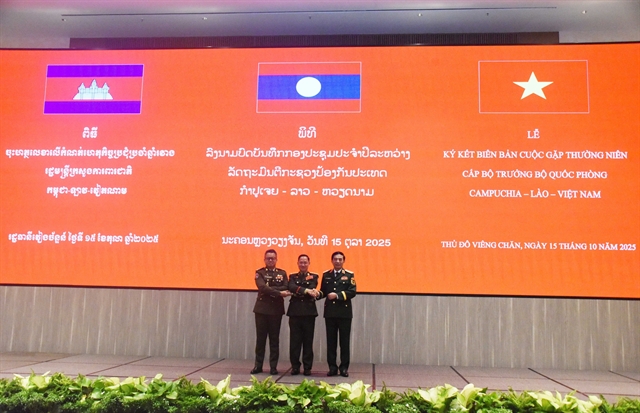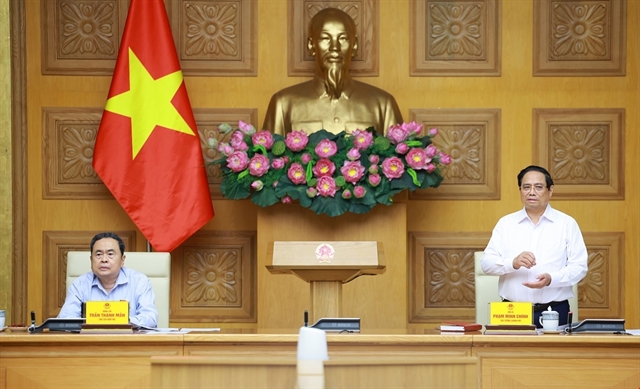 Economy
Economy

The real estate market of Việt Nam is anticipated to soon see a boom in property products with “hotel” factor as developers are gearing up to catch the trend of owning second home as an investment asset in the Southest Asian country which has rising middle class and rich tourism potential.
 |
| Vinpearl resort in Nha Trang. — Photo condohotelphuquoc.com.vn |
HÀ NỘI — The emerging trend of “condotels” and “officetels” (condominiums and offices treated as hotels) as attractive investment options in the country requires that the legality of such properties are clarified urgently, experts say.
The “tels” have assumed a significant chunk of the real estate market in major Vietnamese cities as a rising middle class population segment looks to tap the income potential that they present, especially in the tourism sector.
Experts say that the legality of these properties has to be made clear so that their development stays on the “right track” and the benefits of all stakeholders are “harmonised.”
They say that the current cash flow to the properties is being fuelled by a combination of factors, including a rapid rise in the middle and upper middle class, which has pushed up demand for investment assets.
The Boston Consulting Group, global business consultants, has forecast that the middle and upper middle class, with individual monthly incomes of US$714 and up, would increase to 33 million in Việt Nam by 2020.
Meanwhile, market research firm Nielson has estimated that the middle class in Việt Nam will reach 44 million by 2020 and 95 million by 2030.
This demographic factor, when combined with the impressive growth in tourism that has seen foreign tourist arrivals double to 10 million and that of domestic tourists to surge from 28 million to 62 million during the 2010-16 period, has boosted the “tel” property segment.
Now is a golden time for tourism properties, particularly condotels, according to real estate services firm Savills Việt Nam.
Savills has estimated that coastal cities and provinces of Việt Nam will see around 30,000 second homes and holiday homes by 2019, 65 per cent of which would be condotels.
Condotels have also become attractive to investors with profits (annual returns of 8-12 per cent) guaranteed by the developer, making them even more appealing than gold or securities, given the almost certain rise in equity value as well.
According to the Việt Nam Real Estate Association, around 9,600 condotels were offered for sale in 2016, mainly in the coastal locations of Đà Nẵng, Nha Trang and Phú Quốc.
Experts attribute the rising popularity of officetel, a live-and-work concept, to the nation’s focus on boosting businesses in general, and start-ups in particular. The Government has set an ambitious goal of doubling the number of “efficient firms” to one million by 2020.
Policy shortcomings
Despite the anticipated boom in condotels and officetels, an inadequate legal framework for such properties are keeping many investors wary, experts say.
“The legalility issue is lagging far behind market demand,” said Hồ Anh Khoa from law firm BISACO said.
Khoa said the situation of policies failing to keep pace with market developments has highlighted several shortcomings in the 2005 Housing Law, like a lack of regulations covering common areas in apartment buildings, underground floors and the share of maintenance costs.
This has had “protracted consequences,” Khoa said.
“The legality of new property products, especially those with the “tel” factor, must be clarified urgently,” Khoa said, adding that the most important aspects were product definition, purpose, technical standards and ownership.
He said the lack of clarity on such issues meant that the race among developers to exploit this property segment carried inherent risks alongside the promise of high returns.
Nguyễn Văn Đực, deputy director of the Đất Lành Real Estate Company said guaranteed returns of 8-12 per cent for several years were being offered, but it was not clear who would be responsible for ensuring that this promise is kept
Director of Savills Asia Pacific’s Hotel Consulting Department, Rudolf Hever, said the important factor in these properties, “tel”, was not receiving enough attention. “This is worrying as the developers cannot be depended upon (without legal bindings),” he said, adding that many of them did not have proper strategies to operate or compete in the market.
Nguyễn Quốc Khánh, chairman of the G5 Property Trading Floor Alliance, said that guaranteed returns and transparency in implementation were critical for the “tels” to enjoy sustained success.
Furthermore, auditing should be mandatory for condotel projects so that there is transparency in profit sharing, he added.
More questions
For officetel properties, the legal vacuum has raised a number of questions about the ownership certificate, land-use fees and technical infrastructure requirements.
The Ministry of Construction has said it is studying the legality of “tel” properties prior to issuing national technical standards for them.
The ministry agreed that the legal framework for condotels and officetels remained inadequate even as demand for such products rose in the market, creating difficulties as well as inconsistencies in management, worrying both investors and developers.
Experts say that it might be several years before a full-fledged legal framework dedicated to condotels and officetels are in place.
Earlier this year, the Việt Nam Real Estate Association had called attention to this problem, proposing that the problem had to be tackled at several stages including planning, the setting of technical standards, operation mechanisms, granting of ownership certificates, duration of ownership, transfer of ownership, ownership by foreigners, credit policies and investment in infrastructure. — VNS




